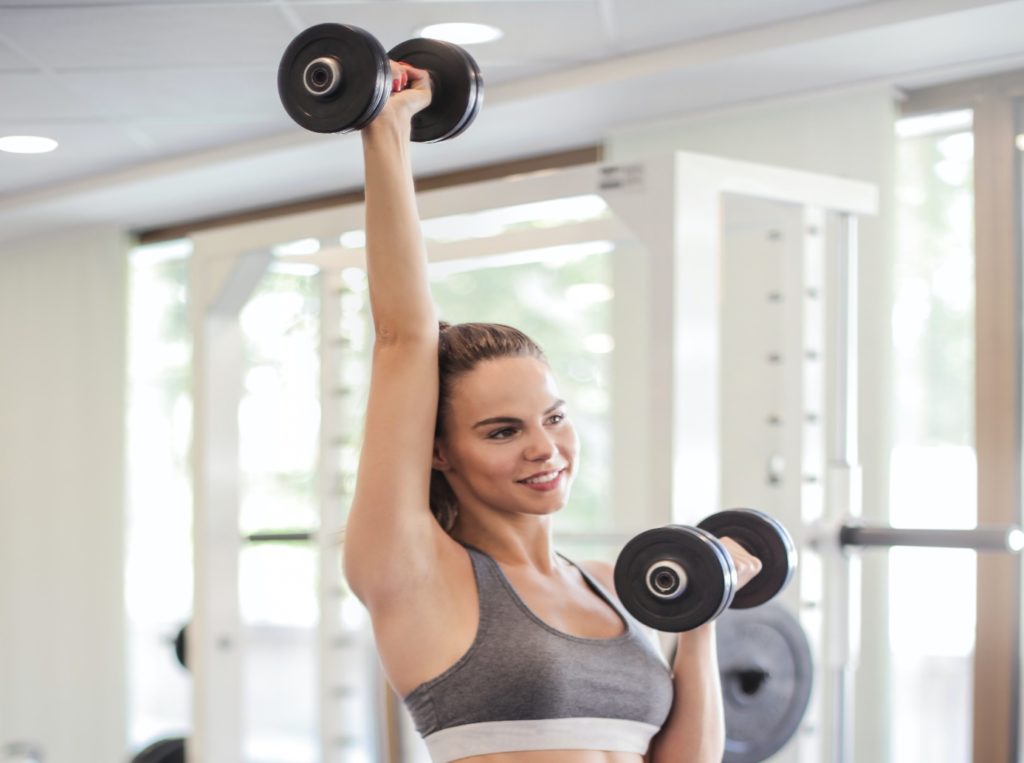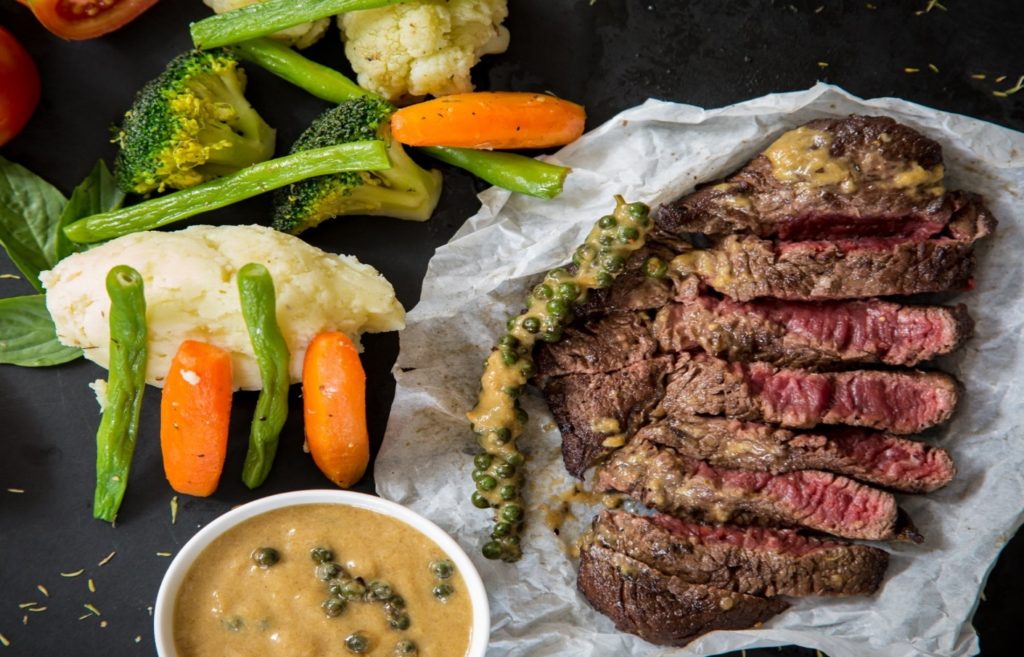
Gaining muscle and burning fat are two common objectives for many striving for improved physical fitness. While these aims may seem challenging, they are attainable with the appropriate diet and exercise routine. To build muscle, regular strength training exercises such as weight lifting or bodyweight workouts are a must. These exercises target individual muscle groups and help them grow and adjust to the extra pressure. Strength training should be done regularly and at least twice to thrice weekly.
Aside from strength training, adequate protein intake is also necessary for muscular growth. Protein forms the basis of muscle and is vital for muscle repair and regeneration. Aim to consume at least 0.8 grams of protein for each pound of body weight each day.
Surprisingly, building muscle and burning fat can be simple, but it is not easy. With the appropriate diet and exercise plan, both goals can be achievable. It is essential to consume at least 1.2 grams of protein per pound of your weight every day to burn fat and build muscles. So, you should include good protein sources like lean meats, fish, eggs, and dairy products in your diet.
Also, cardio exercises like running, cycling, or swimming can help increase heart rate and burn calories. To maximize your fat-burning and muscle-building efforts, it is crucial to maintain a calorie deficit, meaning consuming fewer calories than your body burns. This is achievable by reducing portion sizes, cutting out processed foods, and increasing fruit and vegetable intake. Additionally, sufficient sleep and stress management are integral for regulating hormones that control energy balance and metabolism, allowing for successful fat-burning and muscle-building.

In conclusion, building muscles and burning fat is a great way to improve your health and overall fitness. It requires dedication, hard work, and commitment, but the rewards are worth it. With the right diet and exercise regimen, you can achieve your fitness goals to achieve a healthier, stronger, and leaner body.
Here is a 5-day workout routine that targets different muscle groups and includes a mix of strength training and cardio exercises:
Day 1
Warm-up: 5-10 minutes of light cardio (jogging in place, jumping jacks, etc.)
Strength training
Three sets of 12-15 reps of squats
Three sets of 12-15 reps of lunges
Three sets of 12-15 reps of deadlifts
Three sets of 12-15 reps of shoulder press
Three sets of 12-15 reps of bicep curls
Cardio: 30-40 minutes of steady-state cardio (jogging, cycling, swimming, etc.)
Day 2
Warm-up: 5-10 minutes of light cardio (jogging in place, jumping jacks, etc.)
Strength training
Three sets of 12-15 reps of bench press
Three sets of 12-15 reps of pull-ups
Three sets of 12-15 reps of rows
Three sets of 12-15 reps of triceps dips
Three sets of 12-15 reps of leg press
Cardio: 30-40 minutes of steady-state cardio (jogging, cycling, swimming, etc.)
Day 3
Rest day
Day 4
Warm-up: 5-10 minutes of light cardio (jogging in place, jumping jacks, etc.)
Strength training
Three sets of 12-15 reps of leg curls
Three sets of 12-15 reps of calf raises
Three sets of 12-15 reps of leg extensions
Three sets of 12-15 reps of lats pulldowns
Three sets of 12-15 reps of leg press
Cardio: 30-40 minutes of steady-state cardio (jogging, cycling, swimming, etc.)
Day 5
Warm-up: 5-10 minutes of light cardio (jogging in place, jumping jacks, etc.)
Strength training
Three sets of 12-15 reps of push-ups
Three sets of 12-15 reps of planks
Three sets of 12-15 reps of sit-ups
Three sets of 12-15 reps of leg raises
Three sets of 12-15 reps of Russian twists
Cardio: 30-40 minutes of steady-state cardio (jogging, cycling, swimming, etc.)
It is crucial to recognize that this is a general workout plan, so we advise you to consult a certified trainer or medical professional before starting any exercise routine. Additionally, start with a weight you can lift comfortably and gradually increase as you gain more strength. It is also imperative to remember that diet plays a more integral role than exercise when trying to reach fitness goals.
To determine the number of calories needed daily to build muscles and burn fat, one should calculate the basal metabolic rate (BMR). BMR is the amount of energy (calories) the body needs to maintain basic functions such as breathing, regulating body temperature, and keeping the heart beating. Eating in a calorie deficit of 200-300 Kcal and around 1.2 grams of protein per pound of body weight per day will help to reach these goals.

Basal Metabolic Rate (BMR) is impacted by age, gender, body weight, height, muscle mass, and activity level. Generally, men have higher BMRs than women due to their higher muscle mass. Furthermore, BMR decreases as people age, so those with more muscle mass have higher BMRs than those with less. Calculating your Basal Metabolic Rate (BMR) requires the Harris-Benedict equation, which is the most used equation. This equation considers your weight, height, age, and sex to calculate your BMR. For men, the formula is BMR = 88.362 + (13.397 x weight in kg) + (4.799 x height in cm) – (5.677 x age in years), and for women, BMR = 447.593 + (9.247 x weight in kg) + (3.098 x height in cm) – (4.330 x age in years).
It is essential to know that BMR is just a beginning point and doesn’t factor in the energy expended during daily tasks or physical activity. So, you must consider your activity levels also to gauge your daily energy expenditure. The Harris-Benedict equation can be altered to include your activity level by multiplying the BMR by an activity factor (1.2 for sedentary, 1.375 for lightly active, 1.55 for moderately active, 1.725 for very active, and 1.9 for extremely active). For instance, if you are a 30-year-old woman who is 5’6″ (167.64cm) tall, weighs 150 lbs. (68 kg), and has a sedentary lifestyle, your BMR will be around 1389.6 calories.
Basal Metabolic Rate (BMR) is the amount of energy your body needs to function at rest. Considering age, sex, weight, height, muscle mass, and activity level, the Harris-Benedict equation is the most commonly used method for estimating BMR. It is important to note that BMR is only an estimate and that each individual’s metabolism is unique. Thus, it is essential to recalculate your BMR if you make any significant changes to your body composition. Building a healthy body takes time and effort, but the process is worth it. There are various tools for estimating your total daily energy expenditure during your journey. Remember that Rome was not built in a day, and this also applies to your body fitness.
Here are some tools that can help you achieve your goals:




